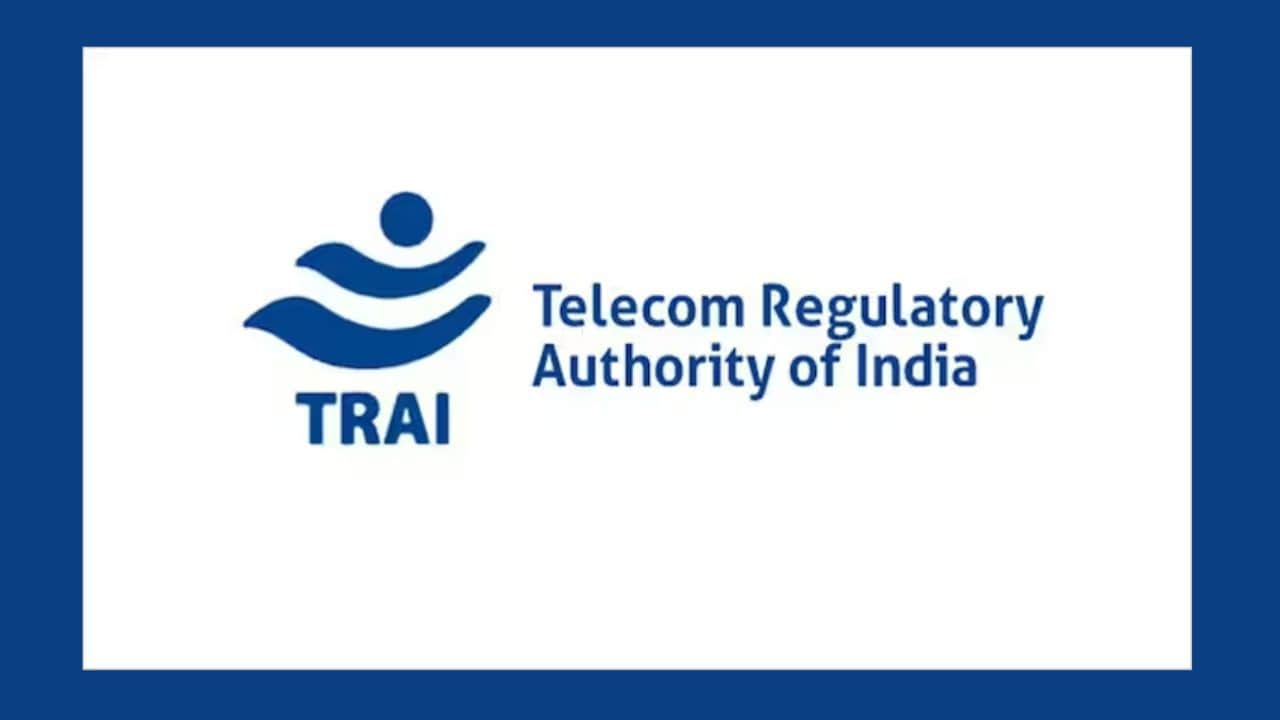According to the Annual Report of Telecom Regulatory Authority of India (TRAI) for the year 2023-24, the television broadcasting sector has emerged as a vital player in fostering India’s economic growth.
The year 2023-24 proved to be yet another dynamic and bustling period for the broadcasting and cable services industry, with the total number of satellite TV channels permitted by the Ministry of Information and Broadcasting reaching 922 at the end of March 2024. The number of standard-definition (SD) pay TV channels has grown from 235 at the end of March 2020 to 258 at the end of March 2024.
At the end of March 2024, there were a total of 103 operational HD channels. Pay DTH attained a total active subscriber base of around 61.97 million. This is in addition to the subscribers of the DD Free Dish (free DTH services of Doordarshan). Also, 4 pay DTH service providers were catering to this subscriber base.
The Annual Report detailed the policies and programmes, review of general environment in the telecom sector and broadcasting sector, review of working and operation of TRAT, functions of TRAI in respect of matters specified in
Section 11 of the Telecom Regulatory Authority of India Act 1997 and its organisational matters including financial performance.
In terms of financial performance, TRAI received most of its funds from government grants. The total income for the year was around Rs 57.4 crore. The Authority spent money on salaries, administrative costs, and regulatory activities. The total expenses amounted to approximately Rs 53.2 crore. After covering all expenses, TRAI had a surplus (leftover money) of around Rs 4.3 crore. This amount was transferred to a reserve fund for future use.
The report also noted that while the TRAI Act, 1997, does not envisage the handling of individual consumer complaints by TRAI, complaints received in TRAI are forwarded to concerned service providers for taking appropriate action. During the period from 1st April 2023 to 31st March 2024, TRAI received 44734 complaints related to Telecom services and 5627 complaints related to Broadcasting and Cable TV services. All these complaints were forwarded to concerned service providers for appropriate action, it was said.
Sharing a general review environment in the broadcasting and cable TV sector, the report shared that the TV universe consists of approximately 62 million cable TV households, 2 million HITS subscribers. In addition, as reported by the pay DTH operators to TRAI, there were 61.97 million total active pay DTH subscribers as on March 31, 2024. Further, the reported subscriber base by the IPTV Operators was 0.5 million as on March 31, 2024.
The TV broadcasting sector encompasses approximately 333 broadcasters providing 922 private satellite TV channels. These television channels include 258 SD pay TV channels and 103 HD Pay TV channels provided by 41 television broadcasters. Further, there were 880 Multi System Operators (MSOs), 1 HITS operator, 4 pay DTH
operators and 33 IPTV operators. Further, as per the information provided by MIB, there were 81,706 cable operators registered in the country
The revenue of Indian television industry stands at Rs 69,600 crore in the year 2023 as compared to Rs 70,900 crore in the year 2022, thereby registering a decline of around 1.8%. Subscription revenue accounts for a major share of the overall industry revenue. The subscription revenue has increased from Rs 39,200 crore in the year 2022 to Rs 39,900 crore in the year 2023. Further, advertisement revenue has decreased from Rs 31,800 crore in the year
2022 to Rs 29,700 crore in the year 2023.
The Private FM Broadcasting
As reported by the private FM Radio broadcasters to TRAI, there were 388 private FM radio stations operational as on 31st March 2024, besides the radio channels operated by the public service broadcaster- All India Radio (AIR). As far as the data relating to Community Radio Stations is concerned, as per the information provided by the MIB, out of the 605 permission issued as on 31st March 2024 for the setup of such stations, 494 community radio stations became operational.
The reported advertisement revenue by the private FM Radio broadcasters has increased from Rs 1547.13 crore in year 2022-23 to Rs 1775.79 crore in the year 2023-24.
Broadband Wireline Services
For non-compliance with the benchmarks, for the first instance, the financial disincentive
is Rs 50,000/- per parameter and for second or subsequent such contravention, the financial disincentive is Rs 1,00,000/- per parameter for each contravention.
The total financial disincentive imposed by TRAI during the financial year 2023-24 is Rs 2,69,80,000/-. The total amount of financial disincentive received during the financial year 2023-24 on account of QoS regulations violations is Rs 2,24,85,000/-. In addition to the above, the amount overcharged by TSPs and not refunded by them during the stipulated time period of 60 days, as per metering and billing regulation, financial disincentive is imposed. The total financial disincentive imposed and received by TRAI during the Financial Year 2023-24 is Rs 2,30,244/-. The performance of the service providers is evaluated every quarter based on the compliance reports submitted by service providers and also based on the reports of the audit agencies engaged by TRAI. Wherever deficiencies in achieving the quality-of-service benchmarks have been noticed through close monitoring of the performance of service providers by way of periodic reports, audit and assessment of quality of service through independent agencies is conducted.
The report highlighted that TRAI has been following up with the service providers to address such deficiencies in achieving the benchmarks for the various parameters. In this regard, various meetings were held in TRAI with the service providers from time to time. These meetings and follow-up action with the service providers have been pivotal in improving the quality of service.
